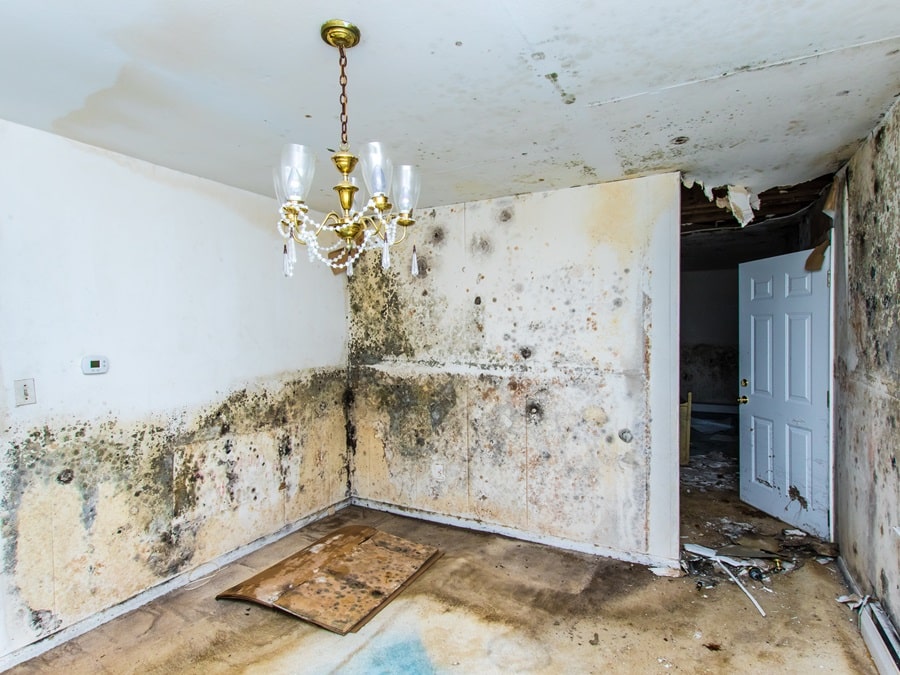Mold in the shower is a common yet troublesome issue many homeowners face. Not only is it unsightly, but it can also pose various health risks, including respiratory problems and allergies. The damp and humid environment of a bathroom provides the perfect breeding ground for mold, making it a persistent problem. This article will give you actionable tips and insights to tackle shower mold effectively, ensuring a cleaner and healthier living space.
Contents
What is Shower Mold?
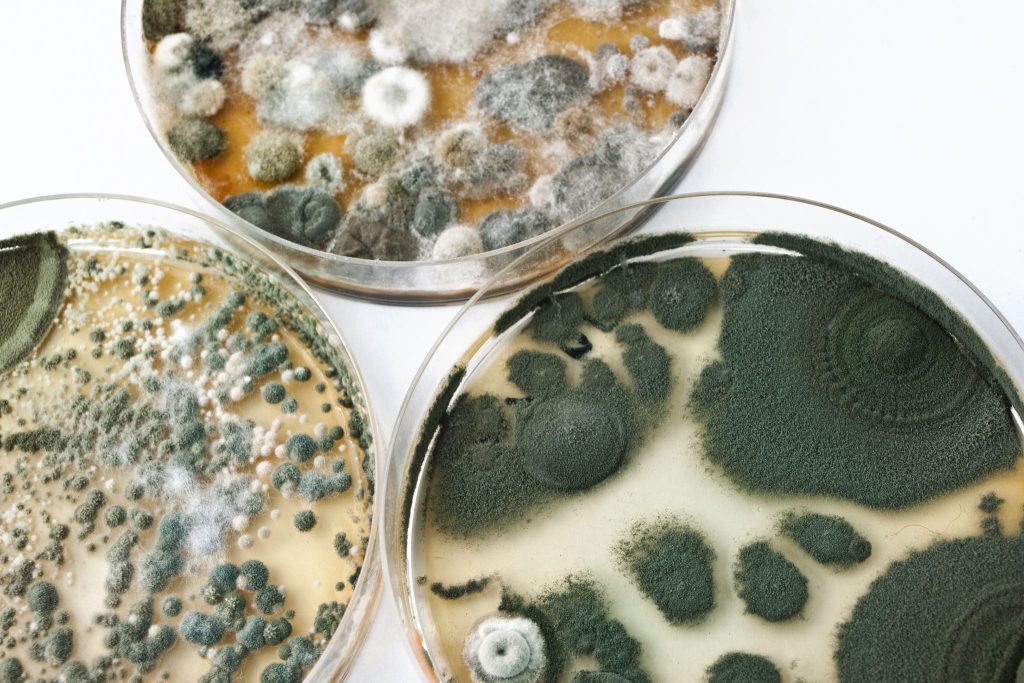
Mold is a type of fungus that thrives in moist environments, and your shower is no exception. It can appear in various colors, including black, green, and pink, and often forms in corners, grout lines, and behind fixtures. Showers offer a perfect habitat for mold due to the constant moisture and lack of ventilation. Understanding the types of mold and why they grow in your shower is the first step in tackling the problem.
Different types of mold can be commonly found in showers, such as Cladosporium, Penicillium, and the infamous black mold, Stachybotrys. Each type has its own characteristics and potential health risks. Knowing what you’re dealing with can help you choose the most effective cleaning agents and methods, setting the stage for a mold-free shower.
Why is Mold in the Shower a Problem?
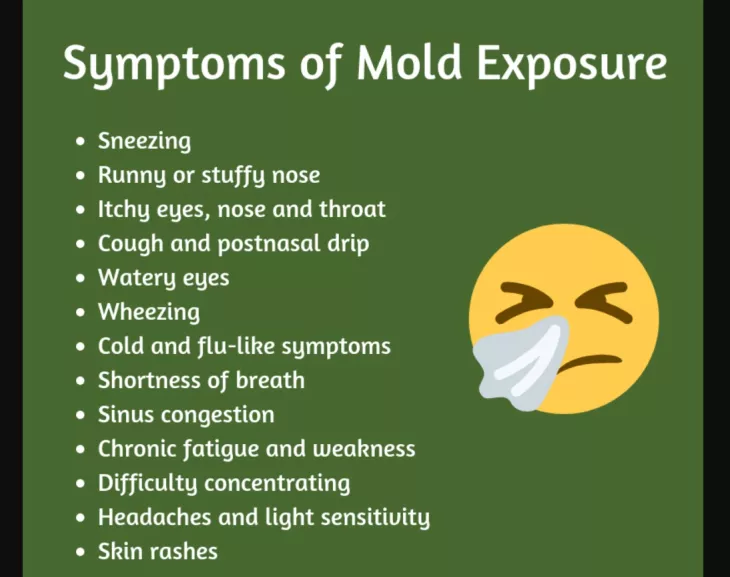
Mold isn’t just an eyesore; it can have serious implications for your health. Prolonged exposure to mold spores can lead to respiratory issues, skin irritations, and even more severe health problems in extreme cases. The health risks are particularly concerning for individuals with pre-existing conditions like asthma or allergies.
Beyond health concerns, mold can also cause aesthetic and structural damage to your bathroom. It can stain tiles, ruin grout, and emit a musty odor that’s hard to eliminate. If left untreated, mold can even weaken the structural integrity of your walls and flooring, leading to costly repairs down the line.
Signs You Have a Mold Problem
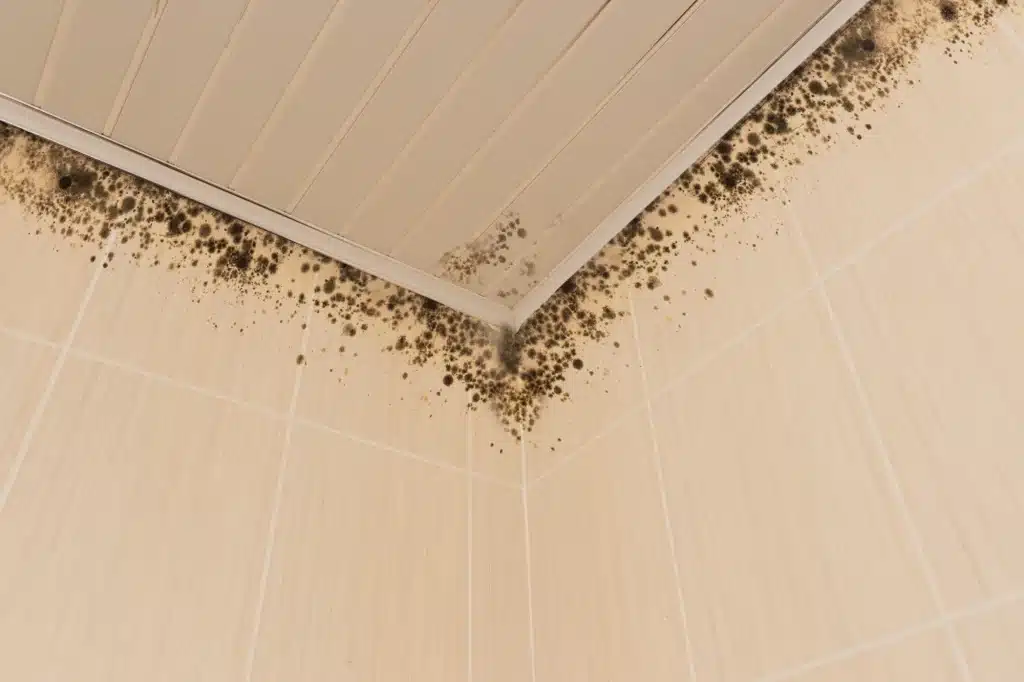
The first sign of a mold problem is usually visible mold spots, which can appear on tiles, grout, or even your shower curtain. These spots may start small but can quickly spread if not addressed. Another telltale sign is a persistent musty odor, which indicates the presence of mold even if you can’t see it.
In some cases, the presence of mold can manifest through health symptoms. If you or your family members experience sudden allergies, respiratory issues, or skin irritations, it might be time to inspect your shower for mold. Recognizing these signs early can save you time and effort in the long run, allowing you to take action before the problem escalates.
Preventive Measures
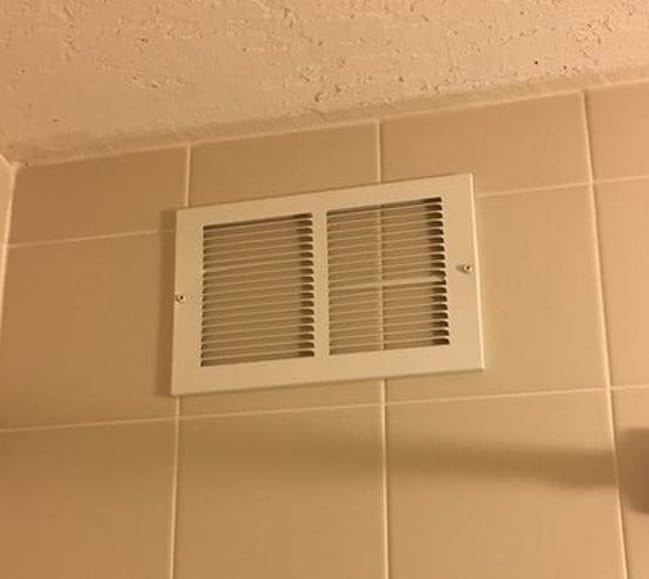
Preventing mold growth is often easier than treating an existing problem. One of the most effective preventive measures is ensuring proper ventilation in your bathroom. An exhaust fan can help remove moisture, and keeping windows open when possible can also aid in drying out the space. Additionally, after each shower, make it a habit to wipe down wet surfaces to minimize standing water, which is a breeding ground for mold.
Another preventive strategy is to incorporate mold-resistant materials into your bathroom. For instance, using mold-resistant grout and tiles can make a significant difference in mold growth. Similarly, opting for a mold-resistant shower curtain and keeping your bathroom items dry can go a long way in preventing mold. Regular maintenance, like re-caulking areas prone to mold, can also help keep the problem at bay.
Everyday Cleaning Tips

Daily and weekly cleaning routines can be highly effective in controlling mold growth. Using a squeegee to wipe down the shower walls after each use can prevent water accumulation, thereby reducing the chances of mold growth. Additionally, weekly scrubbing of tiles and grout with a mild detergent can help remove budding mold colonies before they become a problem.
For a more natural approach, household items like vinegar and baking soda can be powerful cleaning agents against mold. A spray bottle filled with white vinegar can be used to treat affected areas, letting it sit for an hour before scrubbing it off. Baking soda, when made into a paste with water, can also be effective for scrubbing away mold, especially from grout lines.
Deep Cleaning Techniques
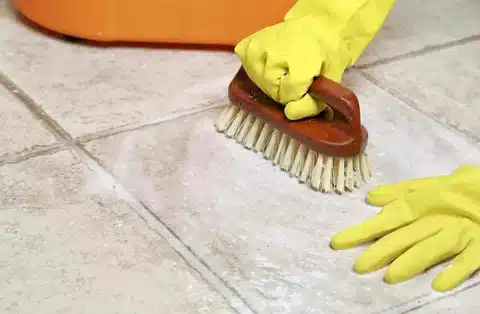
Sometimes, despite your best efforts, mold can take hold and require more intensive cleaning. When this happens, it’s time for a deep clean. This involves using stronger cleaning agents like hydrogen peroxide or specialized mold removers. Always remember to wear gloves and a mask to protect yourself from both the mold and the chemicals you’re using.
Deep cleaning also often involves removing and replacing elements that cannot be cleaned, such as old caulking. Tools like a scrubbing brush, a grout removal tool, and a caulking gun will come in handy for this process. Once you’ve removed the mold, make sure to thoroughly dry the area and apply new caulk where needed. This will not only remove the existing mold but also help prevent future growth.
When to Call the Professionals
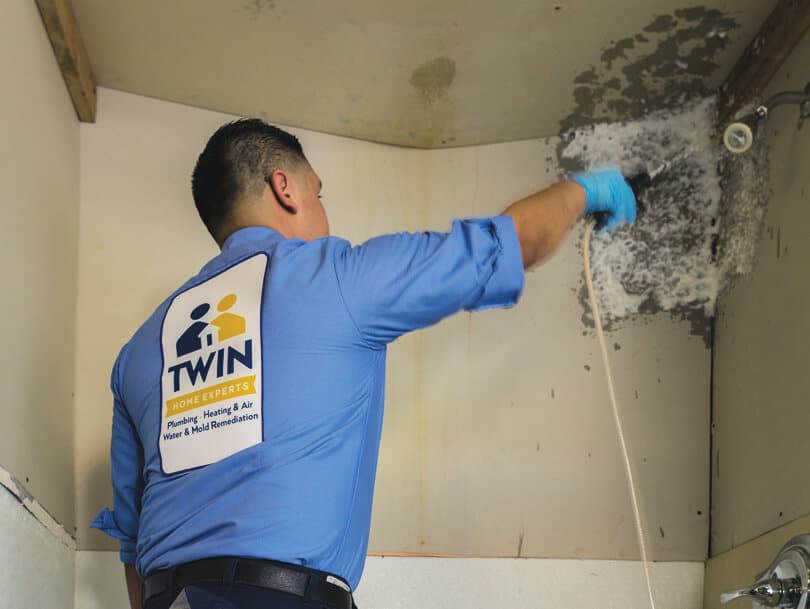
There are situations where DIY methods just won’t cut it, and professional intervention becomes necessary. If the mold covers a large area, if it’s a particularly dangerous type like black mold, or if it keeps coming back despite your best efforts, it’s time to call in the experts. Professional mold remediation services have the equipment and expertise to handle severe mold problems effectively.
Choosing the right mold remediation service is crucial for a thorough cleanup. Look for companies that are certified and have good reviews. Ask about their process and what kinds of chemicals or methods they use. Knowing what to expect can help you prepare for the service and ensure that the mold issue is resolved once and for all.
Maintaining a Mold-Free Shower

Once you’ve tackled the mold problem, the next step is to ensure it doesn’t come back. Routine checks for signs of mold should become a part of your regular cleaning schedule. Use a flashlight to inspect corners, behind fixtures, and other hard-to-see areas where mold might hide. If you spot any early signs, treat them immediately to prevent further growth.
Monthly deep cleans can also be beneficial in maintaining a mold-free environment. This involves using the deep cleaning techniques discussed earlier but on a more regular basis. Additionally, consider lifestyle changes such as reducing shower time or using a dehumidifier to maintain lower humidity levels in the bathroom. These steps can go a long way in ensuring that your shower remains a clean and healthy space.
Winning the Battle Against Shower Mold
Tackling shower mold is not just about aesthetics; it’s a crucial step for maintaining a healthy living environment. From understanding what mold is and recognizing its signs to implementing preventive measures and cleaning routines, each aspect plays a significant role in managing this common household issue. While DIY methods are often sufficient, don’t hesitate to seek professional help for stubborn or extensive mold problems. By taking a comprehensive approach to prevention, cleaning, and maintenance, you can ensure that your shower remains a clean, refreshing, and, most importantly, safe space for you and your family.

